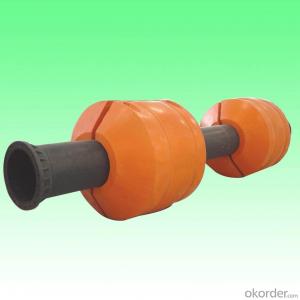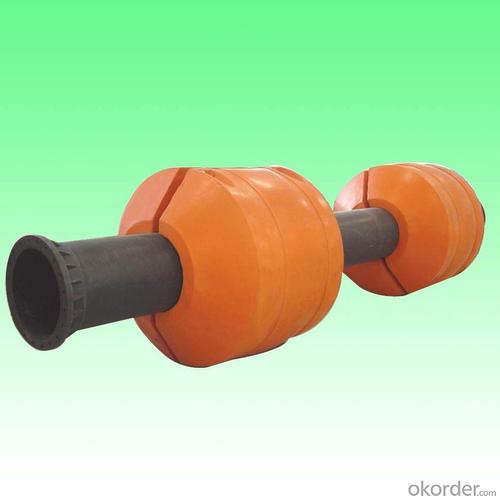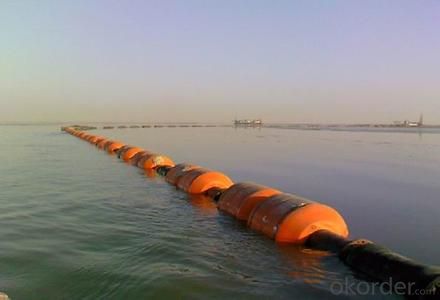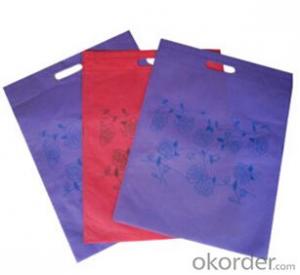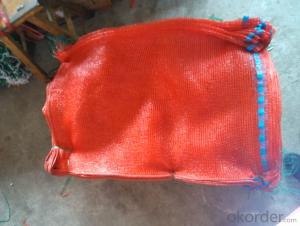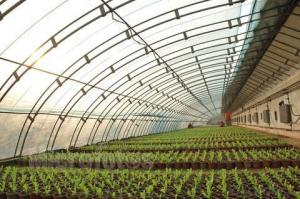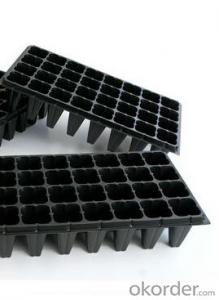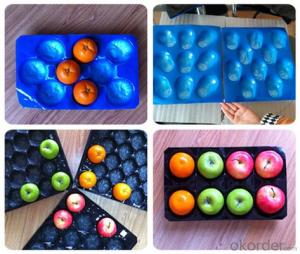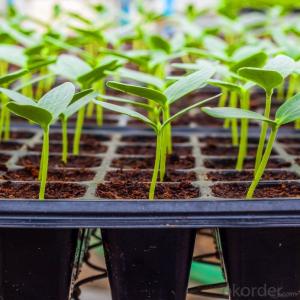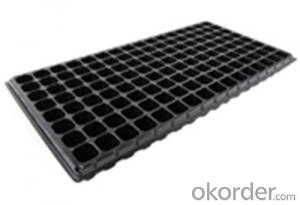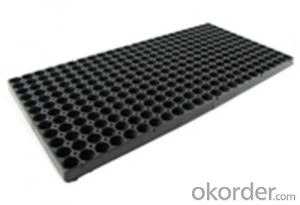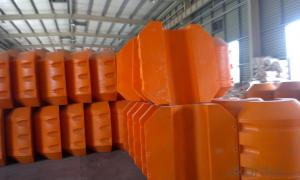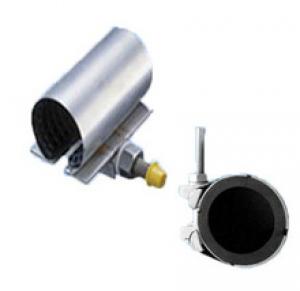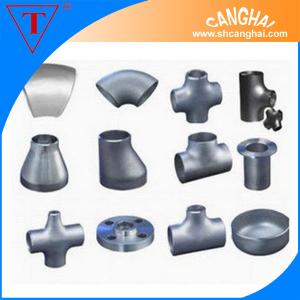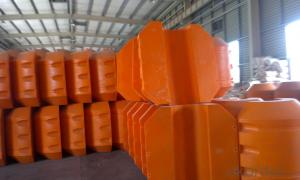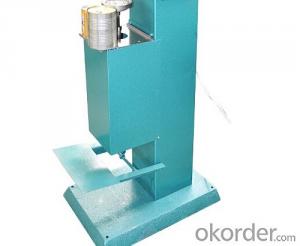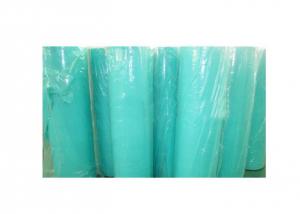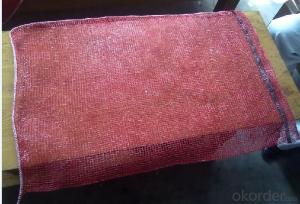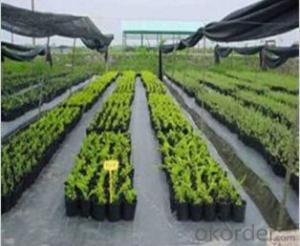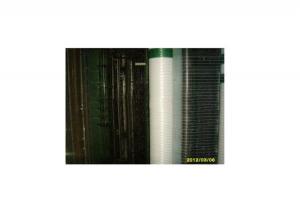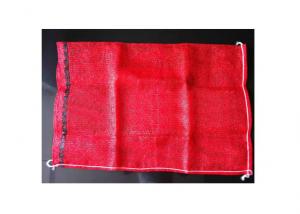pipe floater/pipe floater/pipe floater/pipe floater
- Loading Port:
- Qingdao
- Payment Terms:
- TT OR LC
- Min Order Qty:
- 100 set
- Supply Capability:
- 500 set/month
OKorder Service Pledge
OKorder Financial Service
You Might Also Like
pipe floater/pipe floater/pipe floater/pipe floater
GENERRAL FEATERS OF Floater or floats pipe/piping as follows.
1. For sand dredging
2. For mud dredging
3. For sea water dredging
4. Good floating
5. Buoyancy is better
FLOATER for HDPE/UHMWPE sand dredging pipe:
TECHNICAL LITERATURE OF PIPE FLOATER
Structure of Floater for Dredging Pipe
No. | Structure Name | Material |
1 | Polyethylene Hull | Polyethylene |
2 | Hard Polyurethane Foam | Closed-cell Polyureshane |
3 | Steel Bolts & Nuts | Metal |
1. Tolerance:
Length: 1.5%, Diameter: ±1%, Thickness: ±1mm, Weight: ±2%
2. Appearance must be smooth and homogeneous, bright color, the diameter of burned dots must be under 100mm.
Main Technical Properties
Item | Technical Index of Hull | Item | Inside Technical Index |
Tensile Strength | ≥13.1MPa | Water Absorption | 1-2g/100cm2 |
Bteak Elingation | ≥11.1% | Breaking Strength | 0.08-0.1MPa |
Impact Strength | ≥32.4KJ/m2 | Breaking Elingation | 4-6% |
Bending Strength | ≥15.7 MPa | Compressive Strength | 0.1-0.24MPa |
Weather Resistance ≥ 3.5GJ/m2 After tital aging energy≥3.5GJ/m2 | Break Elingation %≥ | 10 | |
200°Cmm≥ Oxidative Induction Time 200°Cmm≥ | 10 | ||
Specification:
| Dredging Floater Specification Table | ||||||
| Pipe OD (mm) | Floater ID (mm) | Floater OD (mm) | Floater Length (mm) | Wall Thickness (mm) | Net Buoyancy (kg) | Weight (kg) |
| 50 | 60 | 300 | 500 | 7 | 80 | 10 |
| 159 | 220 | 500 | 800 | 7 | 200 | 16 |
| 205 | 220 | 500 | 800 | 7 | 200 | 16 |
| 219 | 220 | 500 | 800 | 7 | 200 | 16 |
| 273 | 300 | 700 | 1200 | 7 | 420 | 43 |
| 300 | 300 | 700 | 1200 | 7 | 420 | 43 |
| 325 | 375 | 1100 | 1100 | 7 | 920 | 72 |
| 350 | 375 | 1100 | 1100 | 7 | 920 | 72 |
| 400 | 414 | 1100 | 1200 | 8 | 1020 | 76 |
| 426 | 430 | 1200 | 1200 | 8 | 1200 | 93 |
| 450 | 480 | 1300 | 1300 | 8 | 1500 | 116 |
| 500 | 580 | 1400 | 1500 | 9 | 2219 | 170 |
| 536 | 580 | 1400 | 1500 | 9 | 2219 | 170 |
| 600 | 630 | 1400 | 1700 | 11 | 2400 | 182 |
| 630 | 630 | 1400 | 1700 | 11 | 2400 | 182 |
| 650 | 680 | 1480 | 1800 | 11.5 | 2930 | 210 |
| 700 | 730 | 1600 | 1900 | 12 | 3593 | 230 |
| 750 | 780 | 1600 | 2000 | 13 | 3800 | 245 |
| 800 | 830 | 1800 | 2000 | 14 | 4800 | 310 |
| 850 | 880 | 1800 | 2200 | 15 | 5140 | 380 |
| 900 | 940 | 2200 | 2500 | 16 | 8180 | 420 |
- Q: Can nursery trays be used for growing herbs from cuttings?
- Yes, nursery trays can be used for growing herbs from cuttings. The trays provide a convenient and organized way to propagate herbs by providing the necessary space for the cuttings to take root and grow. Additionally, the trays allow for easy monitoring of moisture levels, which is crucial for successful herb propagation.
- Q: What are the different types of ground covers used in agriculture?
- There are several types of ground covers used in agriculture, including grasses, legumes, and cover crops. Grasses such as ryegrass and fescue are commonly used to help prevent erosion and provide additional forage for livestock. Legumes like clover and alfalfa are often planted to fix nitrogen in the soil and enhance fertility. Cover crops, such as winter rye and buckwheat, are used to suppress weeds, improve soil health, and provide organic matter when tilled under. Overall, these ground covers play a crucial role in maintaining soil quality and promoting sustainable agricultural practices.
- Q: okay so when i go to collage i want to become a plastic surgeon for kids that have burns. but how much does it pay?
- Most plastic surgeons, like most other physicians, are independent businessmen who are profitable only when their income exceeds their expenses. Their income is based on the amount charged per procedure times the number of patients minus expenses. Expenses are costs such as office rent, medical supplies, staff costs (nurses, receptionists and anyone else they might need) and the BIG expense is their malpractice insurance. Their pay is, therefore, based on the number of patients they see. They need to work up an outstanding reputation and have a good location. A good plastic surgeon in NY or LA will make a LOT more money than a good plastic surgeon in a less populated area like Wyoming. They can make as much as a million dollars a year. s
- Q: Can agricultural plastic be used for soil amendment and conditioning?
- Yes, agricultural plastic can be used for soil amendment and conditioning. Agricultural plastic films, such as mulch films and compostable biodegradable films, can help improve soil structure, retain moisture, control weed growth, and regulate soil temperature. These films can be incorporated into the soil to enhance nutrient availability, reduce erosion, and promote overall soil health. However, it is important to properly manage and dispose of agricultural plastic to prevent environmental pollution and ensure sustainable agricultural practices.
- Q: How do you prevent ground cover plants from spreading into play areas?
- One effective way to prevent ground cover plants from spreading into play areas is by installing a physical barrier, such as edging or landscape fabric, around the play area. This barrier can be buried partially underground to prevent the plants' roots from creeping into the play area. Additionally, regular maintenance and monitoring of the ground cover plants can help to promptly remove any new growth or runners that may emerge near the play area, ensuring their containment.
- Q: What are the different sizes available for agricultural plastic products?
- There are a variety of sizes available for agricultural plastic products, ranging from small sizes like 4 feet by 50 feet to larger sizes like 30 feet by 100 feet or even custom sizes to suit specific needs.
- Q: When at the grocery store which is better for the environment: paper or plastic bags?*Thanks!*
- ok this is a hard question after all . plastic pollute nature drastically and paper cut off a lot of trees!! the reusable ones r the best but i prefer paper although it hurts trees but we can replant trees in the place of others ( although it will take years) plastic is very hazardous. its chemicals are poisinous and when burnt they cause a lot of pollution. Please i adress this to everyone and i no this is a little hard to carry a reusable bag to the grocery or supermarket every time but try to and save the nature for ur future and ur childrens future. thnx
- Q: How do you maintain ground cover during the winter months?
- One way to maintain ground cover during the winter months is by selecting winter-hardy plants that can withstand cold temperatures and harsh conditions. Additionally, applying a layer of mulch around the plants can help insulate the soil, retain moisture, and prevent weed growth. Regularly monitoring the area for any signs of damage or erosion and taking necessary actions, such as adding more mulch or replanting if needed, can also help maintain ground cover throughout winter.
- Q: How does ground cover affect the overall visual texture of a garden?
- Ground cover plays a crucial role in shaping the overall visual texture of a garden. It adds depth, variety, and visual interest to the space. Whether it's lush grass, colorful flowers, or various foliage, the ground cover creates a harmonious balance between open spaces and dense areas. Additionally, different textures of ground cover, such as smooth or rough foliage, can create contrasting visual elements that enhance the overall aesthetic appeal of the garden.
- Q: What are the advantages of using plastic pruning tools for plant maintenance?
- Plastic pruning tools have several advantages for plant maintenance. Firstly, they are lightweight, making them easy to handle and reducing fatigue during prolonged use. Secondly, plastic tools are less likely to cause damage to delicate plant materials compared to metal tools, preventing unnecessary harm to the plants. Additionally, plastic tools are typically more affordable than their metal counterparts, making them a cost-effective option for gardeners. Lastly, plastic tools are resistant to rust and corrosion, ensuring their durability and longevity.
Send your message to us
pipe floater/pipe floater/pipe floater/pipe floater
- Loading Port:
- Qingdao
- Payment Terms:
- TT OR LC
- Min Order Qty:
- 100 set
- Supply Capability:
- 500 set/month
OKorder Service Pledge
OKorder Financial Service
Similar products
Hot products
Hot Searches
Related keywords
